13 Hardy Perennials That Keep Blooming After the First Frost
When the first frost arrives, it does not have to mean the end of your garden’s beauty. Hardy perennials are a great way to extend your garden’s blooming season. These plants are tough enough to keep flourishing in cooler weather. They add life and color to your garden even as the temperature drops. Now is the perfect time to explore which perennials can handle the frost and keep blooming.
This post may contain affiliate links, which helps keep this content free. Please read our disclosure for more info.
Autumn Joy Sedum
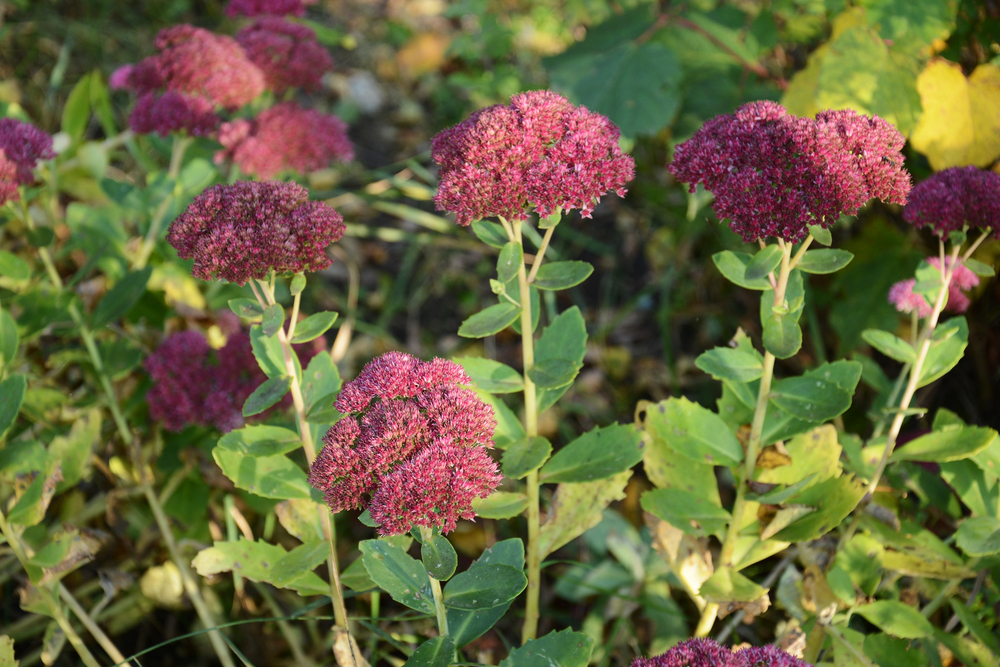
Autumn Joy Sedum is a hardy perennial that brightens up the garden as the weather cools. This plant features large clusters of pink flowers that gradually change to red as the season progresses. It thrives in full sun and is known for its ability to tolerate dry soil conditions. Autumn Joy Sedum is perfect for adding fall color and attracting pollinators even when temperatures dip.
This plant can grow up to 18 inches tall and is low-maintenance, making it a great choice for gardeners looking for a tough, reliable perennial. It is also drought-tolerant, which means it requires minimal watering once established. These qualities make it a top pick for adding late-season interest to your garden. It is often used in rock gardens, borders, and as a backdrop for smaller plants.
Russian Sage
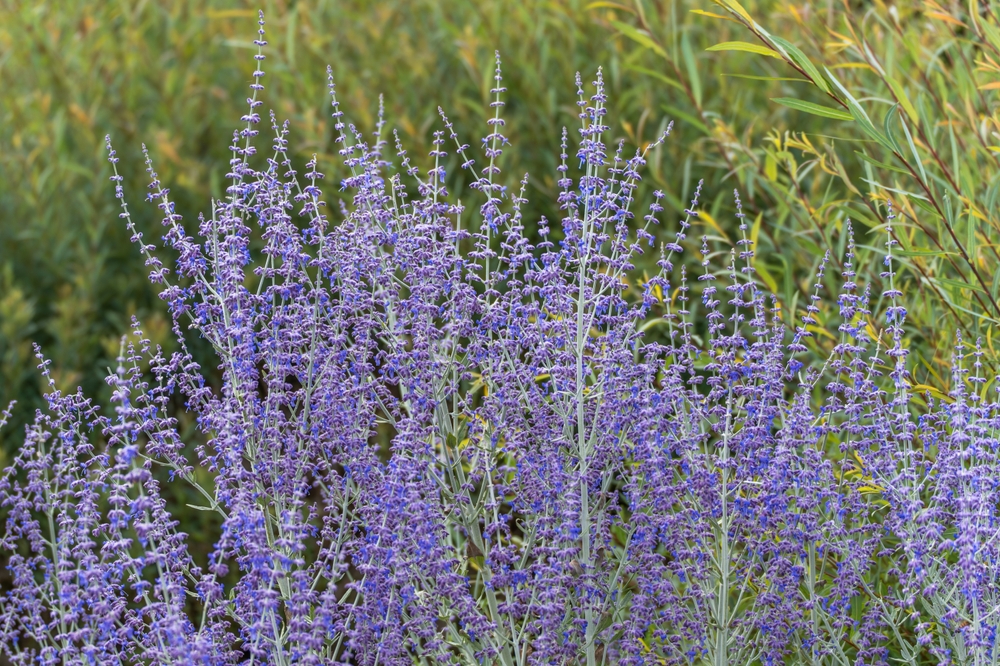
Russian Sage is a fantastic perennial that continues to bloom even after frost hits. Its tall, airy stems produce small purple flowers that add a light, breezy feel to any garden. This plant thrives in sunny spots and well-drained soil, making it ideal for dry, hot conditions. It is a wonderful addition to garden beds and containers, bringing color and texture late into the season.
This perennial grows quickly and can reach a height of 4 feet. Russian Sage is also known for its silvery foliage, which provides contrast and interest throughout the year. The plant is particularly useful for attracting bees and butterflies, which makes it a great pollinator-friendly option. Its hardiness and easy care make it a reliable choice for fall gardens.
Heuchera (Coral Bells)
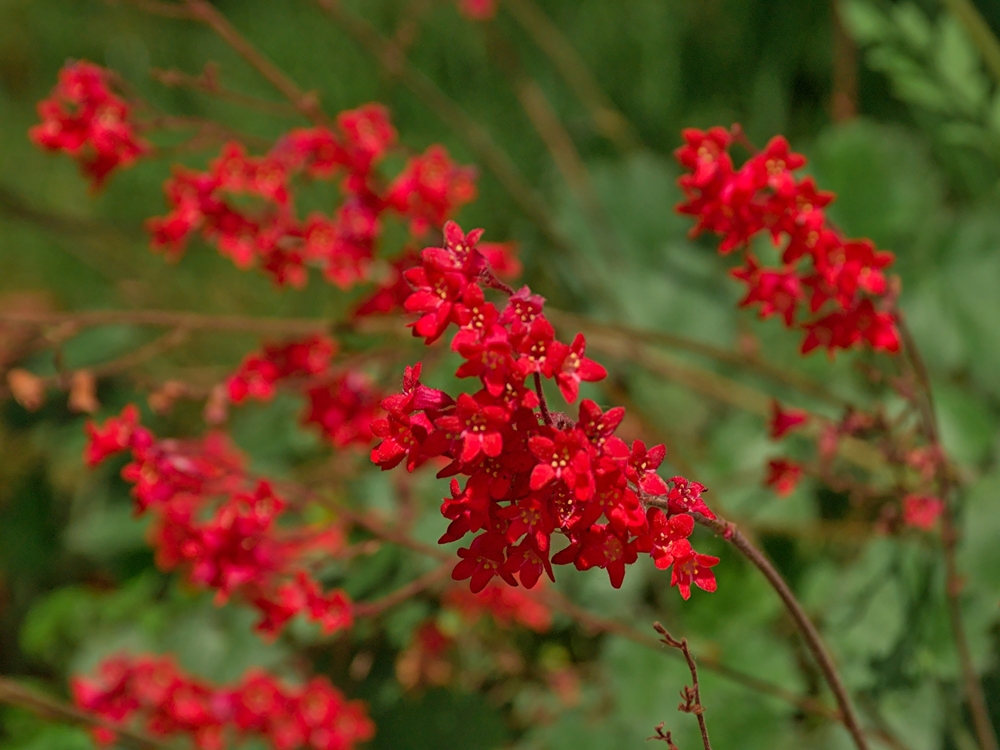
Heuchera, or Coral Bells, is a versatile perennial that stays vibrant through cooler weather. Known for its striking foliage, Heuchera offers a range of colors, from deep purple to bright green and silver. As the season turns colder, the plant’s leaves may deepen in color, adding even more appeal to your garden. Heuchera blooms delicate flowers in late summer, with some varieties continuing into fall.
This perennial thrives in partial shade and prefers moist, well-drained soil. It is an excellent choice for adding color and texture to shaded areas of the garden. Heuchera is also resistant to pests and diseases, making it a low-maintenance option for busy gardeners. Its ability to handle frost without losing its charm makes it an excellent addition to any fall garden.
Mums (Chrysanthemums)
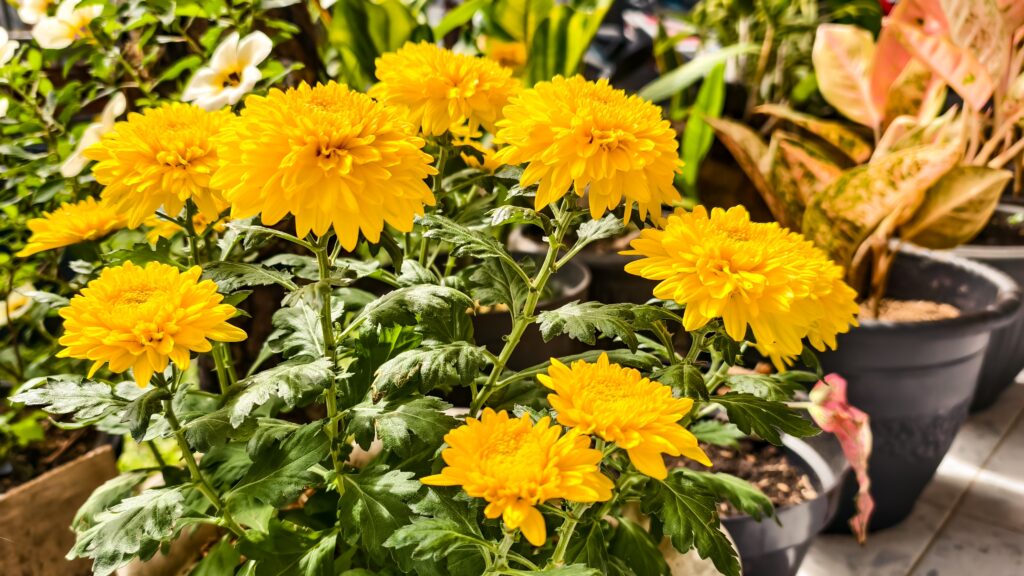
Chrysanthemums, or mums, are classic fall perennials that continue to bloom long after the first frost. Known for their vibrant colors, they come in shades of yellow, red, pink, and purple, providing a stunning display in late autumn. Mums perform best in full sun and well-drained soil, making them a perfect fit for fall gardens. Their hearty blooms withstand cooler temperatures, often lasting until the first hard frost.
These perennials grow in mounded clumps and can reach up to 3 feet tall, depending on the variety. Mums require regular watering, but they are relatively low-maintenance once established. They are often used to create colorful borders or as accent plants in garden beds. Mums are also excellent at attracting beneficial insects like bees and butterflies.
Hellebore (Lenten Rose)
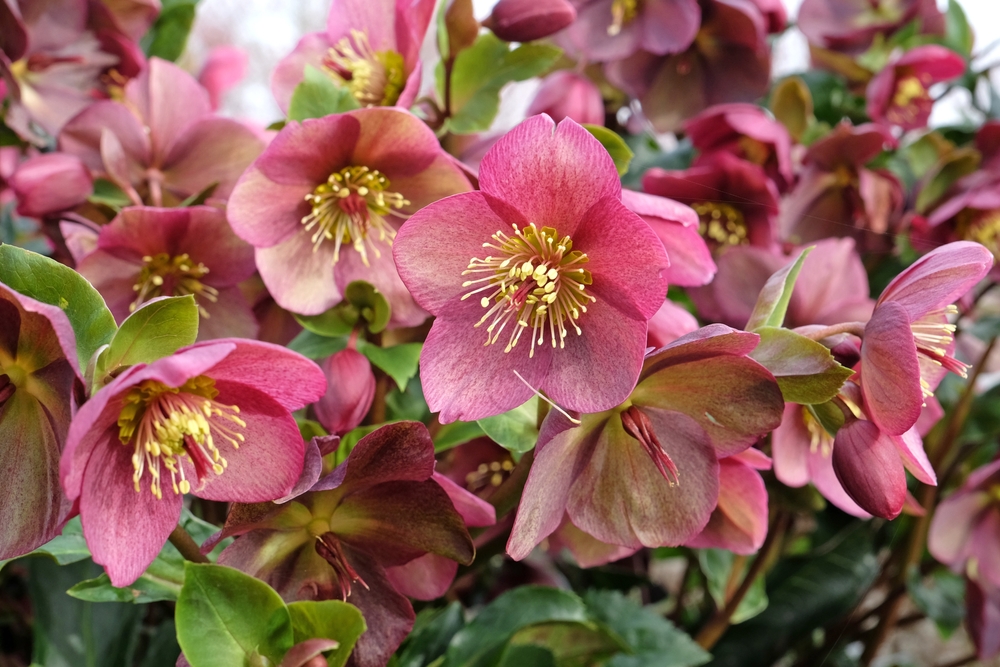
Hellebore, also known as Lenten Rose, is a winter-blooming perennial that thrives through the cold months. This plant produces large, cup-shaped flowers in shades of white, pink, purple, and green, making it an eye-catching addition to the garden. It is known for its ability to bloom even when snow is on the ground, making it one of the few perennials that continue to shine during late winter. Hellebore thrives in shaded or partially shaded areas, making it ideal for woodland gardens.
Hellebore is a slow-growing plant that can live for many years with proper care. It prefers moist, well-drained soil and benefits from a layer of mulch in the winter to protect its roots. This perennial is also relatively deer-resistant, which adds to its appeal in gardens where wildlife is a concern. Its ability to bloom in the late winter and early spring makes it a valuable addition to any garden.
Asters
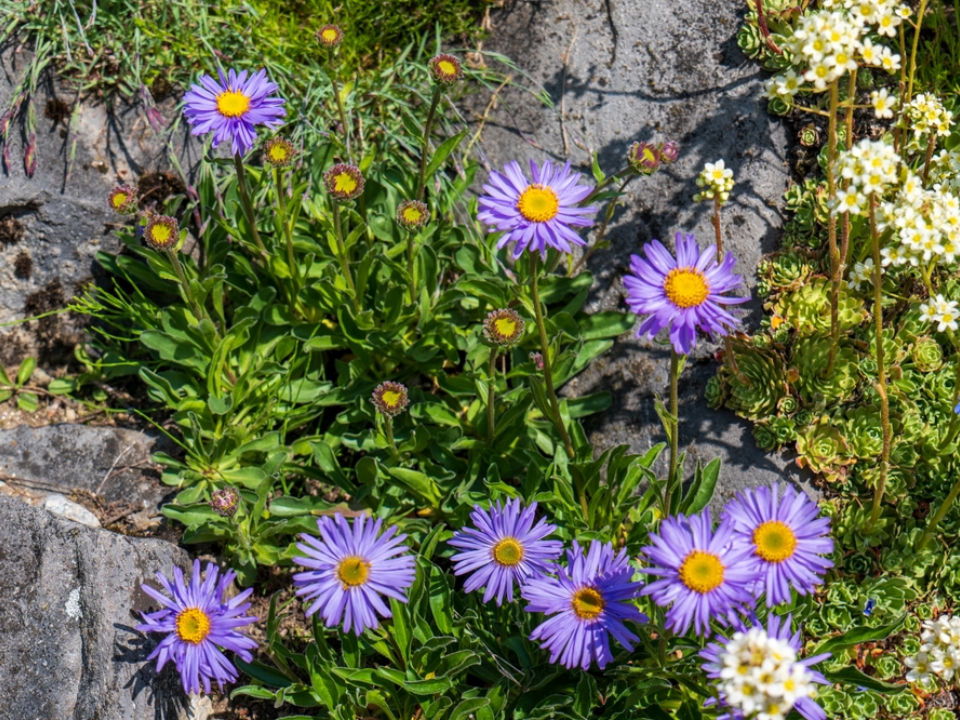
Asters are hardy perennials that provide beautiful late-season blooms in a variety of colors, including purple, blue, pink, and white. These plants are known for their star-shaped flowers and grow well in full sun or partial shade. Asters thrive in well-drained soil and add a burst of color to gardens during the fall, continuing to bloom even after frost. They are a perfect choice for filling in garden beds and attracting pollinators.
Asters can grow up to 4 feet tall, with a bushy growth habit. They are also excellent at tolerating cooler temperatures, often continuing to bloom well into the fall. Their ability to withstand frost makes them an excellent addition to any autumn garden. They are commonly planted in mass for a stunning late-season display of color and texture.
Black-eyed Susan

Black-eyed Susan is a hardy perennial that adds a cheerful touch to the garden, blooming well into the cooler months. Known for its bright yellow petals and dark center, this plant thrives in full sun and well-drained soil. Black-eyed Susan is a tough plant that can handle frost without losing its vibrant flowers. It is a favorite of gardeners for its low-maintenance care and long-lasting blooms.
This perennial grows up to 3 feet tall and forms dense clumps of flowers that attract bees, butterflies, and birds. Black-eyed Susan is often used in wildflower gardens and as a companion plant for other late-blooming perennials. It is a great plant for adding color and interest to fall gardens. The plant is drought-tolerant and can withstand dry conditions once established.
Phlox
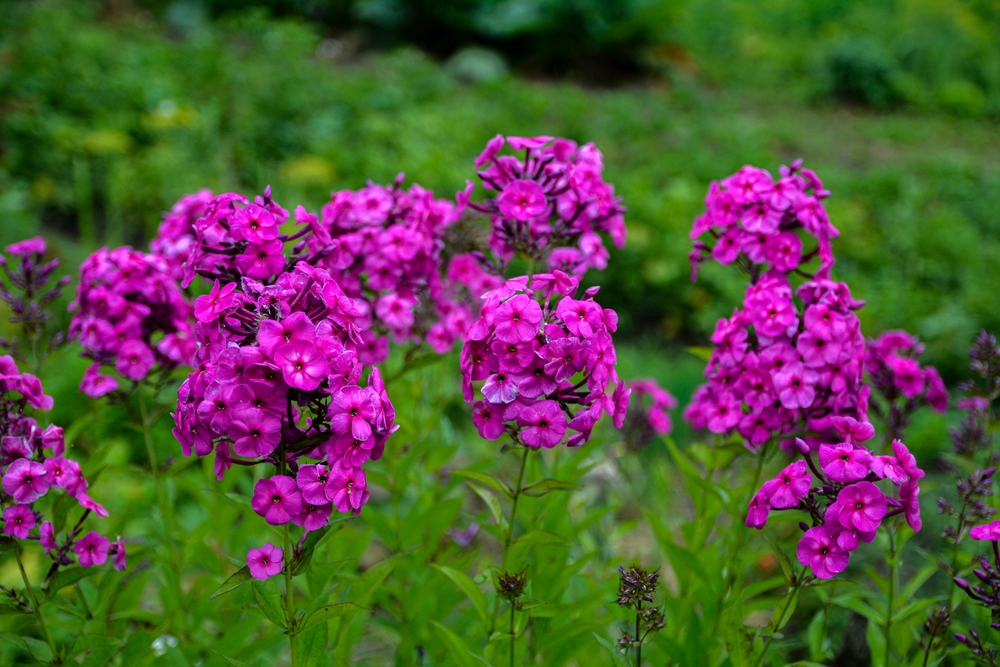
Phlox is a hardy perennial that continues to bloom well into the fall, offering clusters of colorful flowers in shades of pink, purple, red, and white. This plant thrives in full sun and well-drained soil, making it ideal for gardens with plenty of sunlight. Phlox is known for its ability to attract pollinators, including bees and butterflies, adding to the vibrancy of the garden even after the first frost. It blooms in late summer and early fall, often continuing into October.
Phlox is a versatile plant that can grow from 1 to 4 feet tall, depending on the variety. It is an excellent choice for garden beds, borders, and containers. Phlox benefits from regular watering but is otherwise a low-maintenance perennial. Its hardy nature and ability to bloom late into the season make it a valuable addition to any garden.
Lavender
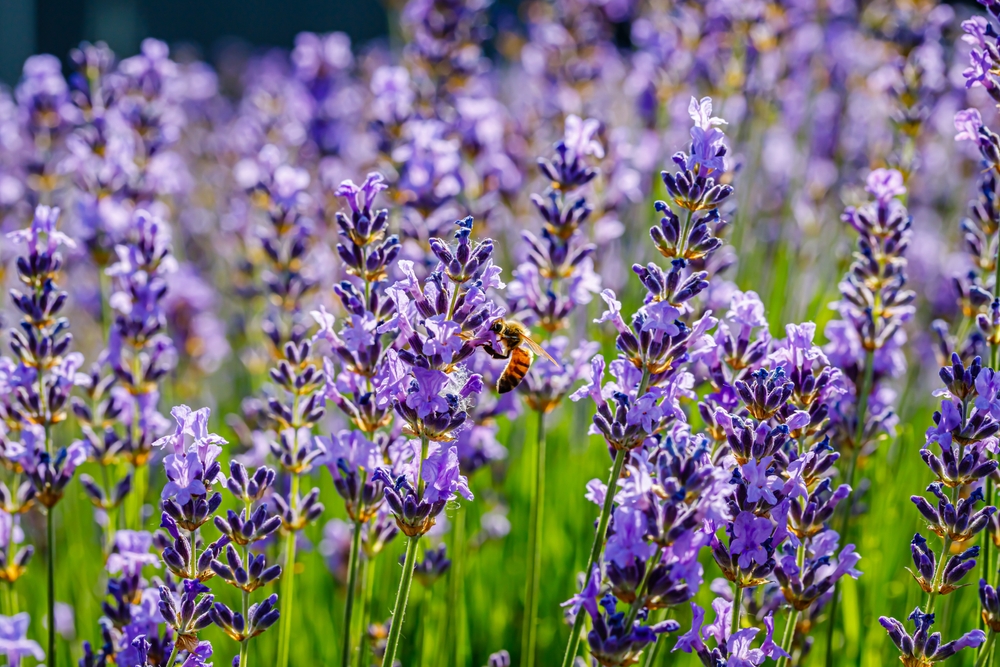
Lavender is a fragrant and hardy perennial that blooms well into fall, producing spikes of purple flowers that attract pollinators. This plant thrives in full sun and well-drained soil, making it perfect for drier conditions. Lavender’s ability to withstand cooler temperatures and still produce vibrant blooms makes it a favorite in late-season gardens. Its fragrant flowers also provide a soothing scent, perfect for creating a relaxing atmosphere.
Lavender can grow up to 2 feet tall, with a bushy, aromatic form. It is a great choice for containers, borders, and herb gardens. Lavender is drought-tolerant once established and requires minimal care. Its ability to bloom late into the season and its use in culinary and medicinal applications make it a versatile and valuable addition to any garden.
Joe Pye Weed
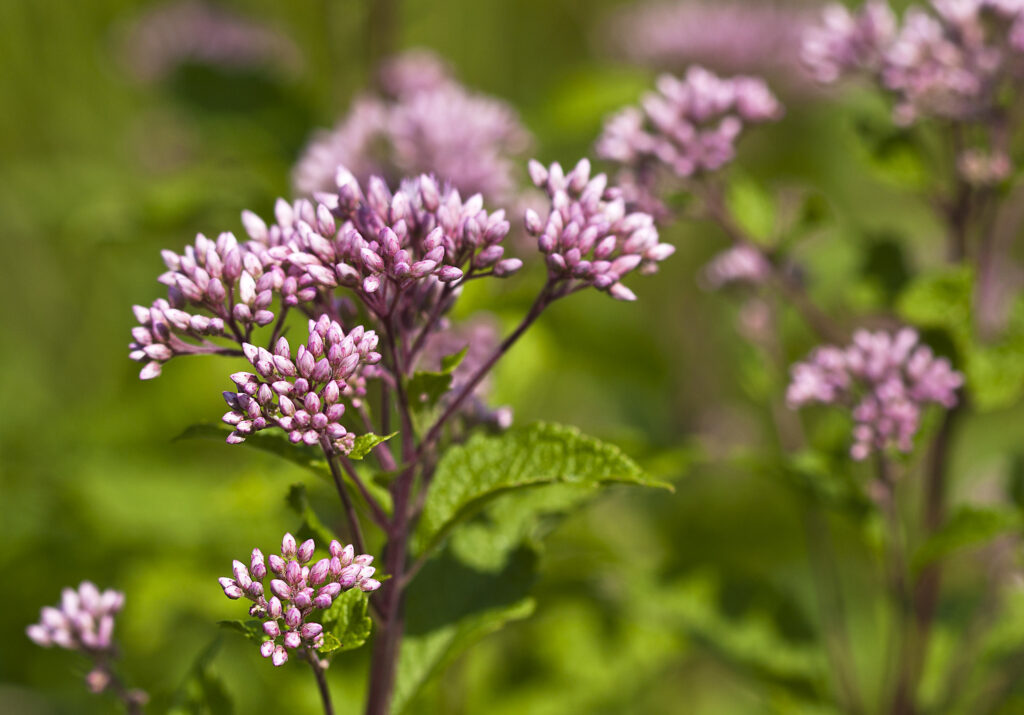
Joe Pye Weed is a tall, hardy perennial that produces clusters of pink or purple flowers in late summer and fall. It thrives in moist, well-drained soil and full sun, making it perfect for wetland gardens or areas with consistent moisture. Joe Pye Weed is known for its ability to attract butterflies and other pollinators, making it a great choice for wildlife-friendly gardens. It can bloom well into the fall, continuing to add color when many other plants have faded.
This perennial can grow up to 6 feet tall, making it a striking addition to garden beds and borders. Joe Pye Weed is a low-maintenance plant that requires little care once established. Its tall stature and vibrant flowers make it a focal point in late-season gardens. It is also a great plant for adding height and structure to garden designs.
Coneflower (Echinacea)

Coneflower, or Echinacea, is a hardy perennial that blooms well into the fall, offering large, daisy-like flowers in shades of pink, purple, and white. It thrives in full sun and well-drained soil, making it perfect for dry, hot conditions. Coneflower is known for its resilience, continuing to bloom even after frost sets in. The flowers are also a favorite of pollinators, adding life to gardens during the cooler months.
This perennial can grow up to 4 feet tall and forms clumps of flowers that are great for attracting bees, butterflies, and birds. Coneflower is drought-tolerant and requires little maintenance once established. It is often used in wildflower gardens, cottage gardens, and as a border plant. Its ability to bloom late into the season makes it a must-have for fall gardens.
Toad Lily
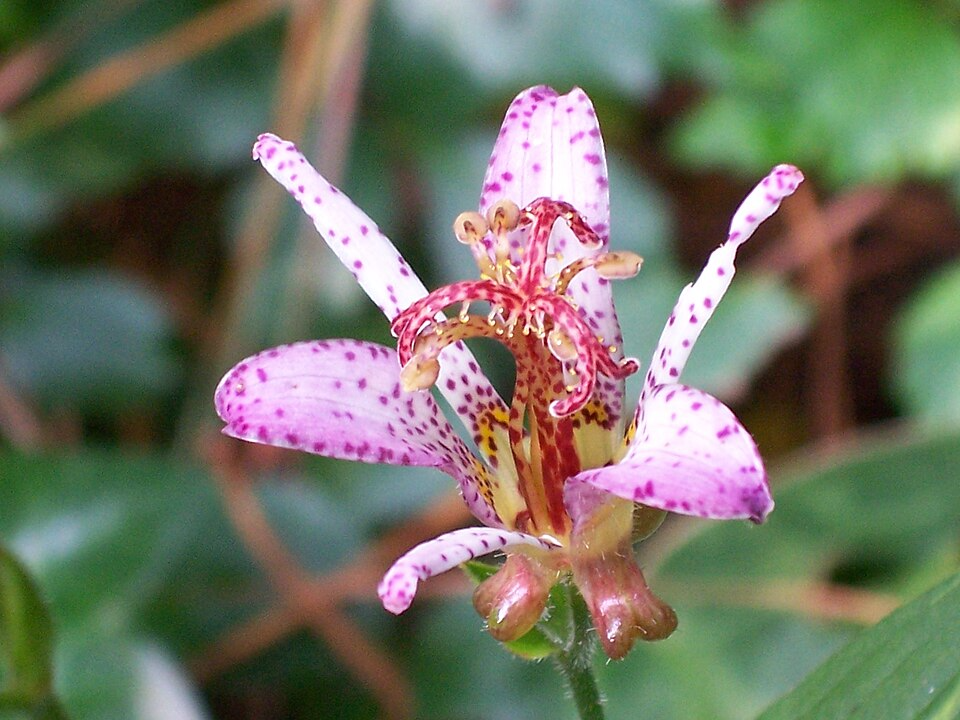
Toad Lily is a unique perennial that produces small, orchid-like flowers in late summer and fall. Its delicate blooms come in shades of purple, white, and pink, with distinctive spots and patterns that add to its charm. Toad Lily thrives in shaded areas with moist, well-drained soil, making it a great choice for woodland gardens. Its late-season blooms make it a standout in any garden during the cooler months.
This plant grows up to 2 feet tall and forms dense clumps of flowers. Toad Lily is relatively low-maintenance and thrives in shaded or partially shaded areas. It is a great choice for adding color to woodland gardens or shady borders. Its unique appearance and late-season blooms make it an interesting and valuable addition to fall gardens.
Astilbe
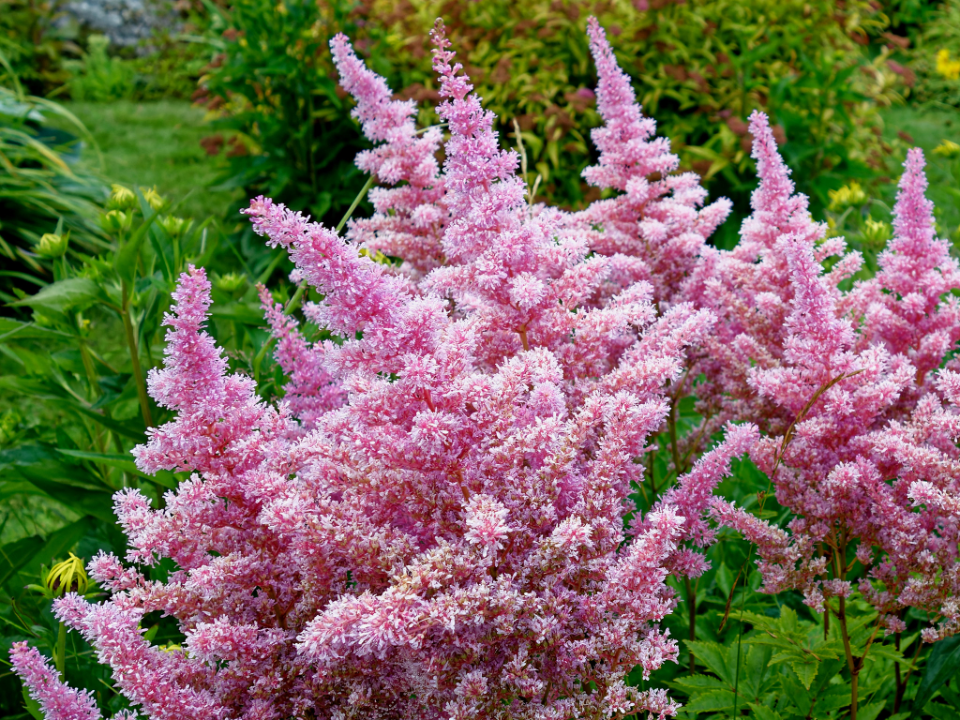
Astilbe is a hardy perennial that produces feathery, plume-like flowers in shades of pink, red, white, and purple. It thrives in partial to full shade and moist, well-drained soil, making it perfect for shaded garden areas. Astilbe blooms late into the season, adding color and texture to gardens when many other plants have finished. Its soft, airy flowers provide a delicate touch to garden beds and borders.
This perennial grows from 1 to 3 feet tall, depending on the variety. Astilbe is known for its ability to thrive in moist conditions and is often used in rain gardens or along the edges of ponds. It is a great plant for adding height and interest to shaded garden areas. Its ability to bloom late into the season and its elegant flowers make it a favorite for fall gardens.
This article originally appeared on Avocadu.
